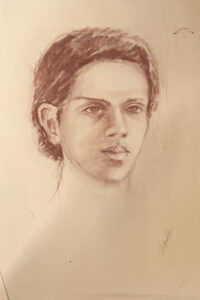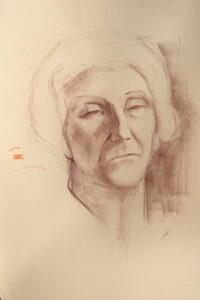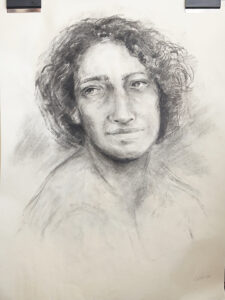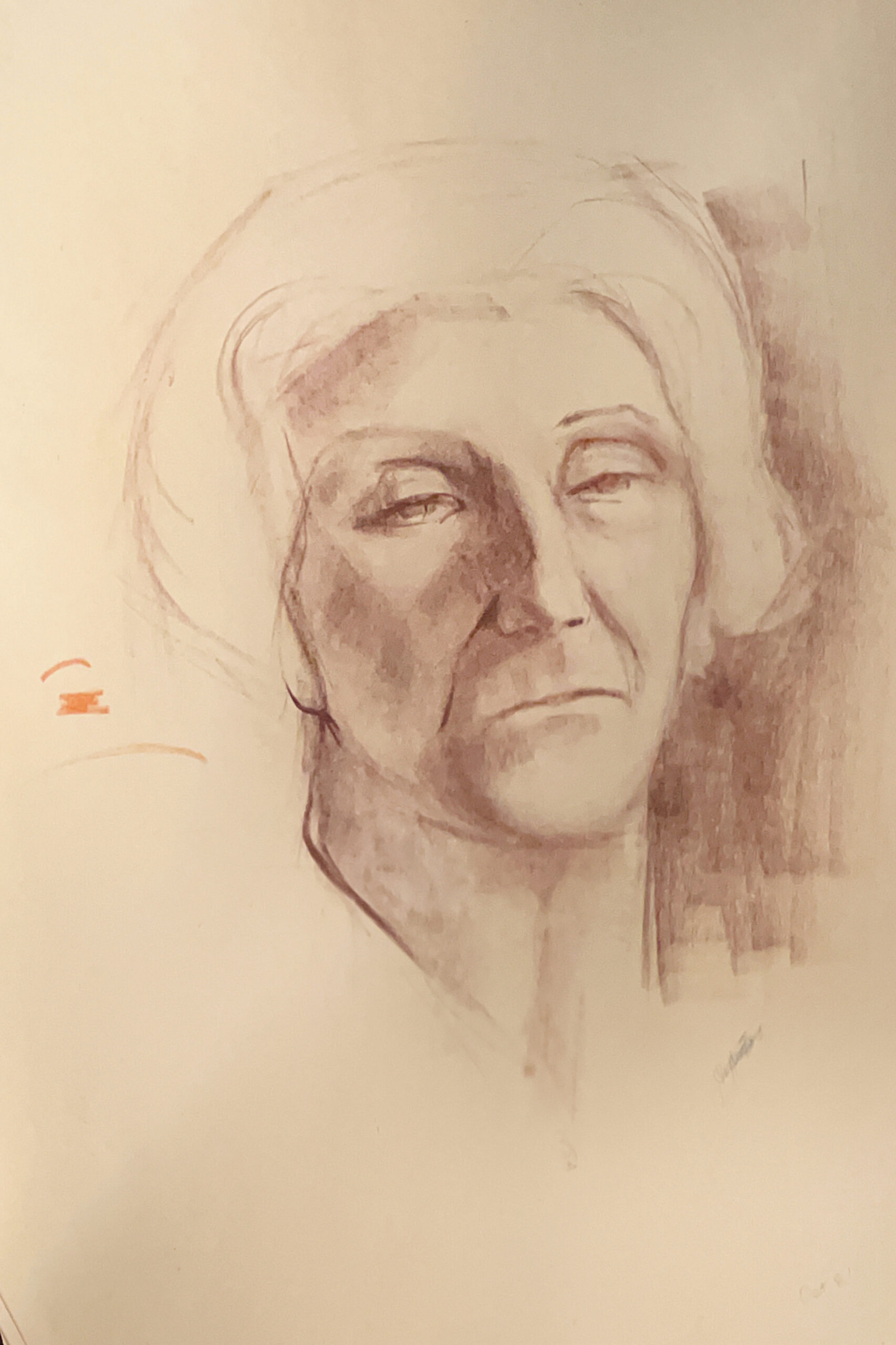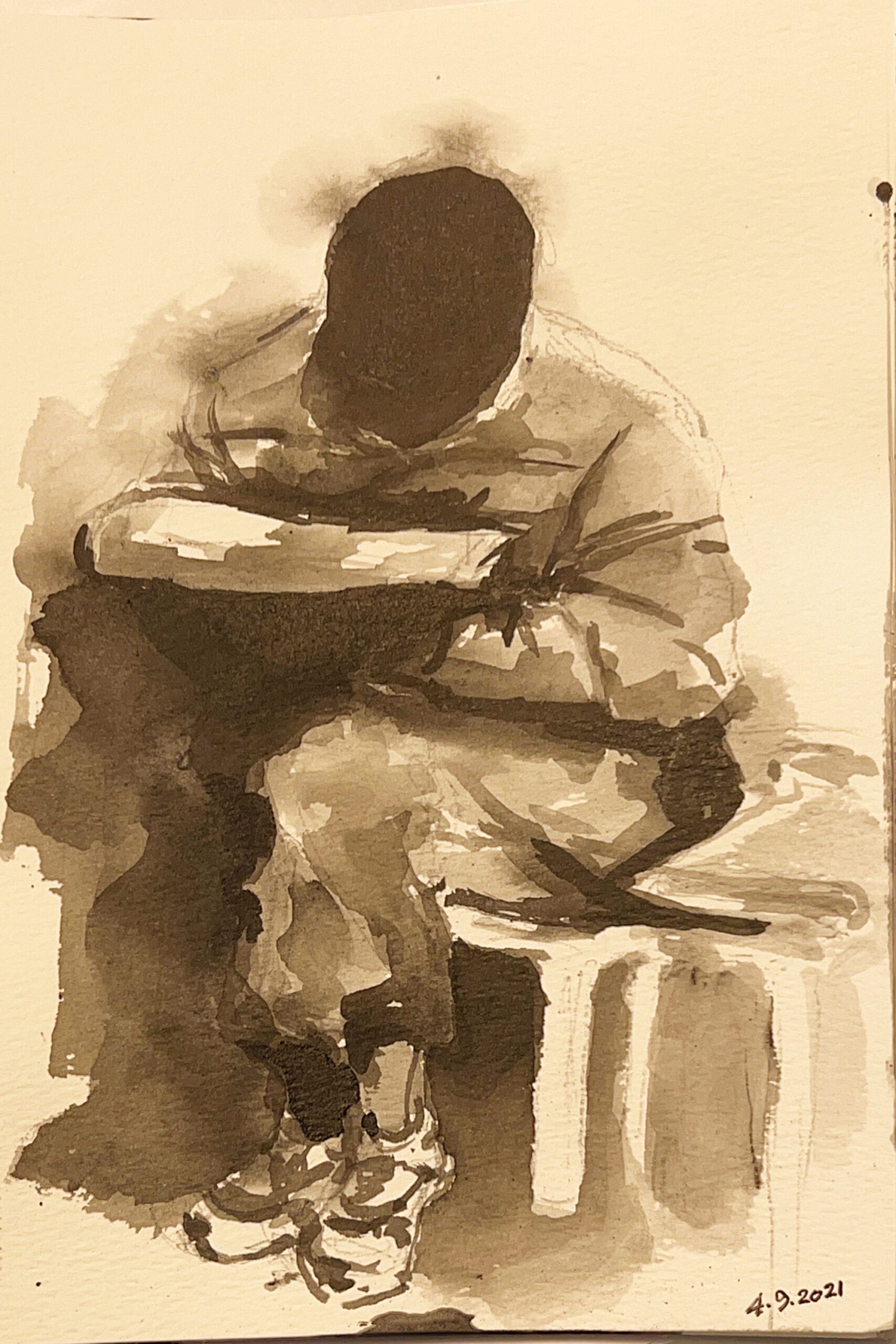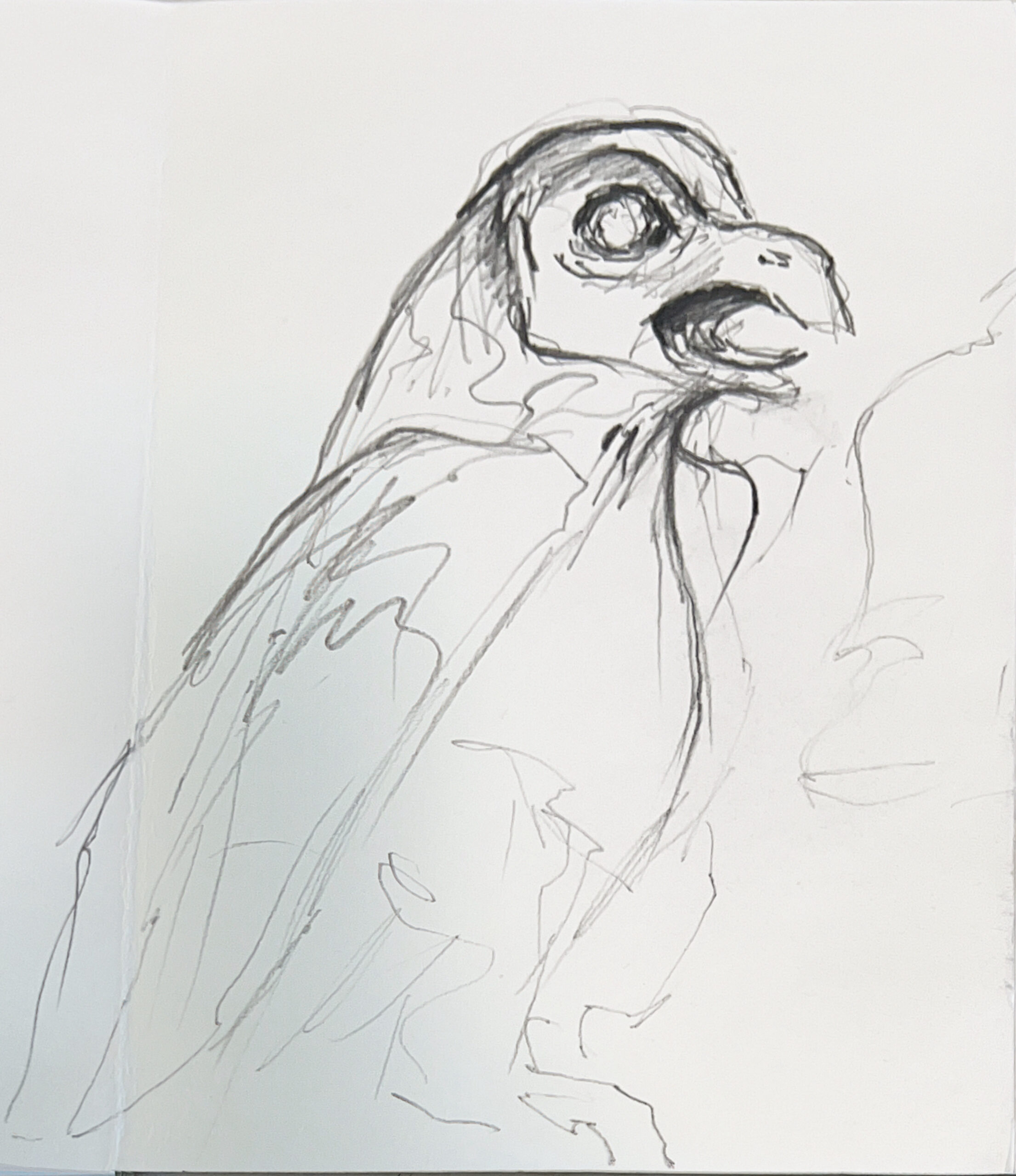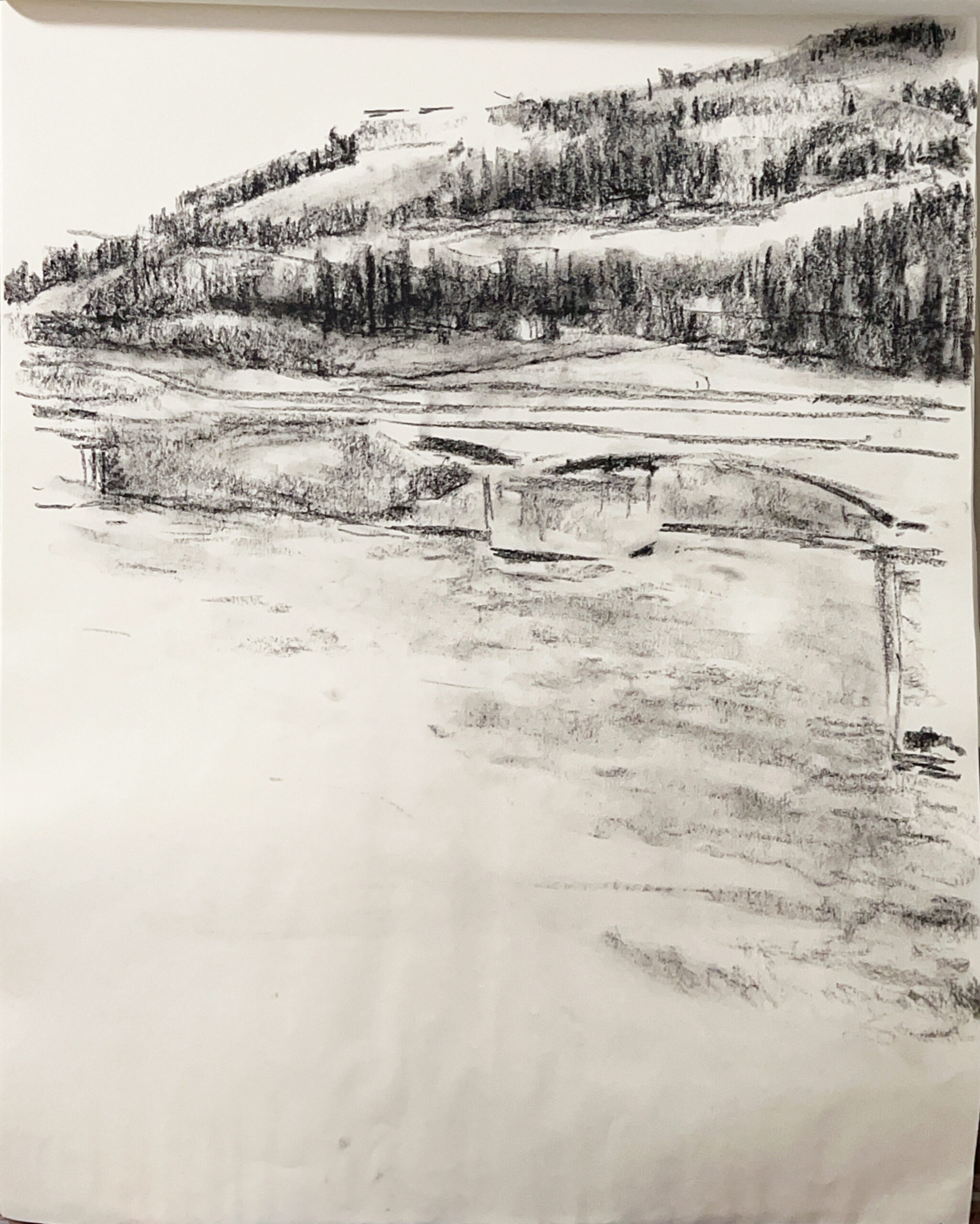Charcoal has been used for centuries, from early cave paintings to Renaissance studies. Learning charcoal drawing connects artists to a long tradition of artistic practice and helps them appreciate historical methods and techniques.
Charcoal figure drawing is essential in art training for its versatility and expressiveness. It helps one to develop a strong sense of value and tone, crucial for creating depth and realism. Charcoal is highly versatile, allowing for a range of tones and textures. The medium’s flexibility encourages experimentation and makes it easy to correct mistakes, fostering confidence in beginners. Charcoal provides immediate visual feedback. The marks made are bold and easily visible, helping artists quickly understand the impact of their strokes and adjust their technique accordingly. Additionally, skills learned through charcoal drawing, such as shading and composition, are foundational for other artistic mediums. This practice also enhances observational skills, providing a solid foundation for capturing the human form accurately.
Charcoal drawing often involves working from life, which enhances an artist’s observational skills. Capturing the nuances of a subject requires careful attention to detail, improving overall artistic perception and accuracy.
